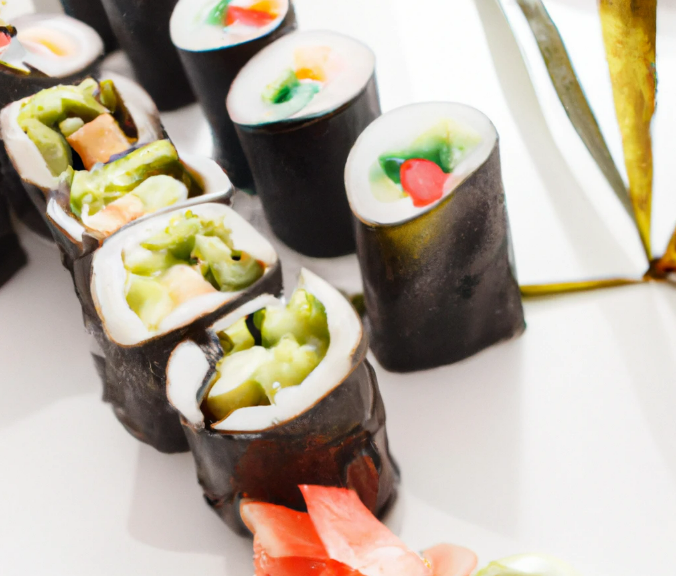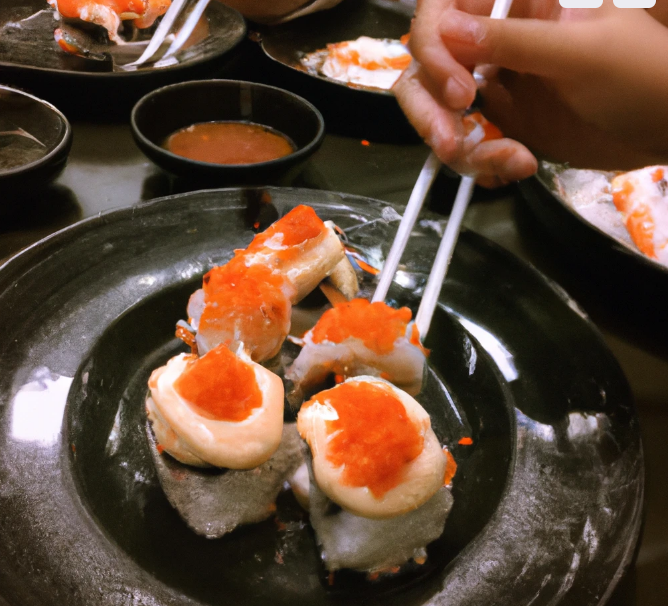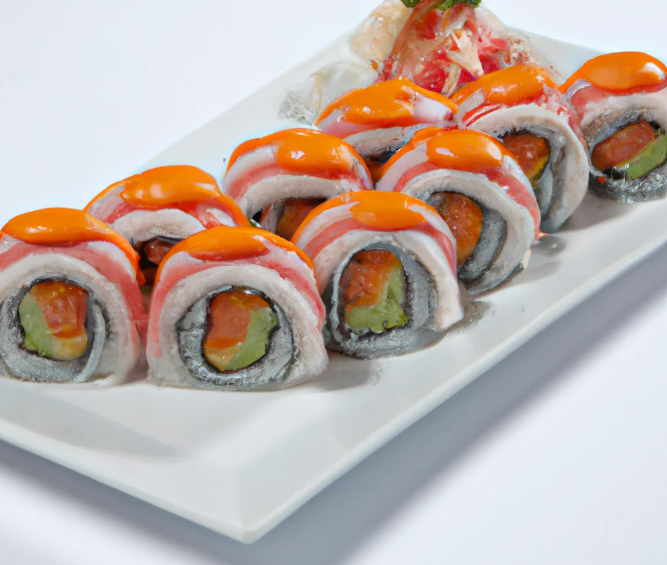Although hand-rolled sushi was first catered to the general people and was inexpensively offered at roadside stands, it has advanced in class over time and is now even available at upscale restaurants for exorbitant costs. White fish is one of the various sushi combinations that can be utilized as rolled fillings. However, what is the white fish on sushi?
Shiromi is white fish with a more delicate flavor, like red or yellow snapper. Red fish are referred to as “akami,” including bonito and tuna. Toro, or the fat belly of the tuna, is a delicacy. There are also techniques to cook with vinegar that mask the overpowering “fishy” smell. Fish with shiny skin, such sardines or mackerel, are referred to be “hikari-mono,” which translates literally as “thing that shiny.” This demonstrates that not every sushi is based solely on fish and that, in addition to the traditional “Neta,” you may also get sea eel or fried eggs.

Sushi comes in a variety of forms, such as “Maki-zushi,” which is made of rice and fish wrapped in a cone-shaped piece of “nori” seaweed, and “Chirashi-zushi,” which is made by layering sushi over a bowl of vinegared rice. Another option is “Inari-zushi,” which is rice encased in a thin layer of fried tofu and has a spicy-sweet flavor. Additionally, there is “Oshi-zushi,” which is made by packing rice and sushi ingredients in a box under pressure. In Osaka and Toyama Province, this kind is frequently produced.
Just a little soy sauce should be used on the sushi. Many people wonder whether using chopsticks is courteous or whether eating sushi with your hands is customary. The answer is that you are permitted to pick up sushi with your hands, lightly dunk it in soy sauce, and then consume it.


